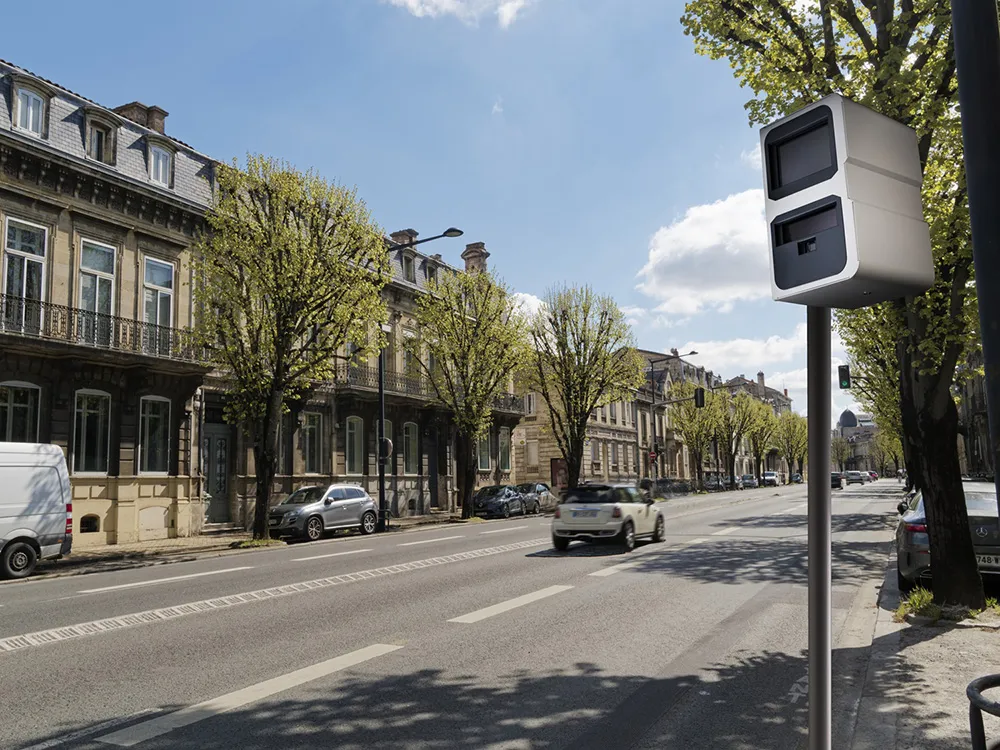
To continuously provide clear images and handle complex light conditions, the cameras are equipped with an advanced auto exposure algorithm to optimise image brightness, which prevents over- or under-exposure in changing light conditions.
The cameras feature an enhanced tampering detection function which ensures they do not send a false tampering alert and enables them to send an alert in the event of sudden light changes.
Moxa’s rugged industrial IP cameras include a wide operating temperature (-40 to 70ºC) without a fan or heater. They also comply with essential sections of EN 50155* and are IP66-rated dustproof and waterproof and IK8 to IK10 vandal-proof.









